Report on Bordetella Pertussis: Transmission, and Pathogenesis
VerifiedAdded on 2022/08/14
|8
|440
|17
Report
AI Summary
This report provides a comprehensive overview of Bordetella Pertussis, commonly known as whooping cough. It details the transmission methods, which primarily involve airborne droplets from infected individuals. The report then delves into the bacterium's pathogenesis, including how it establishes itself within the host, the role of specific surface proteins like filamentous hemagglutinin and pertactin in adhesion, and how it overcomes host defenses. The report highlights the importance of the pertussis toxin and the mechanisms through which it interferes with the immune system. Furthermore, it emphasizes the highly contagious nature of pertussis and its exclusive human-to-human transmission, as well as the importance of understanding the bacterium's impact on public health. References from the CDC and scientific journals are included to support the information provided.
1 out of 8
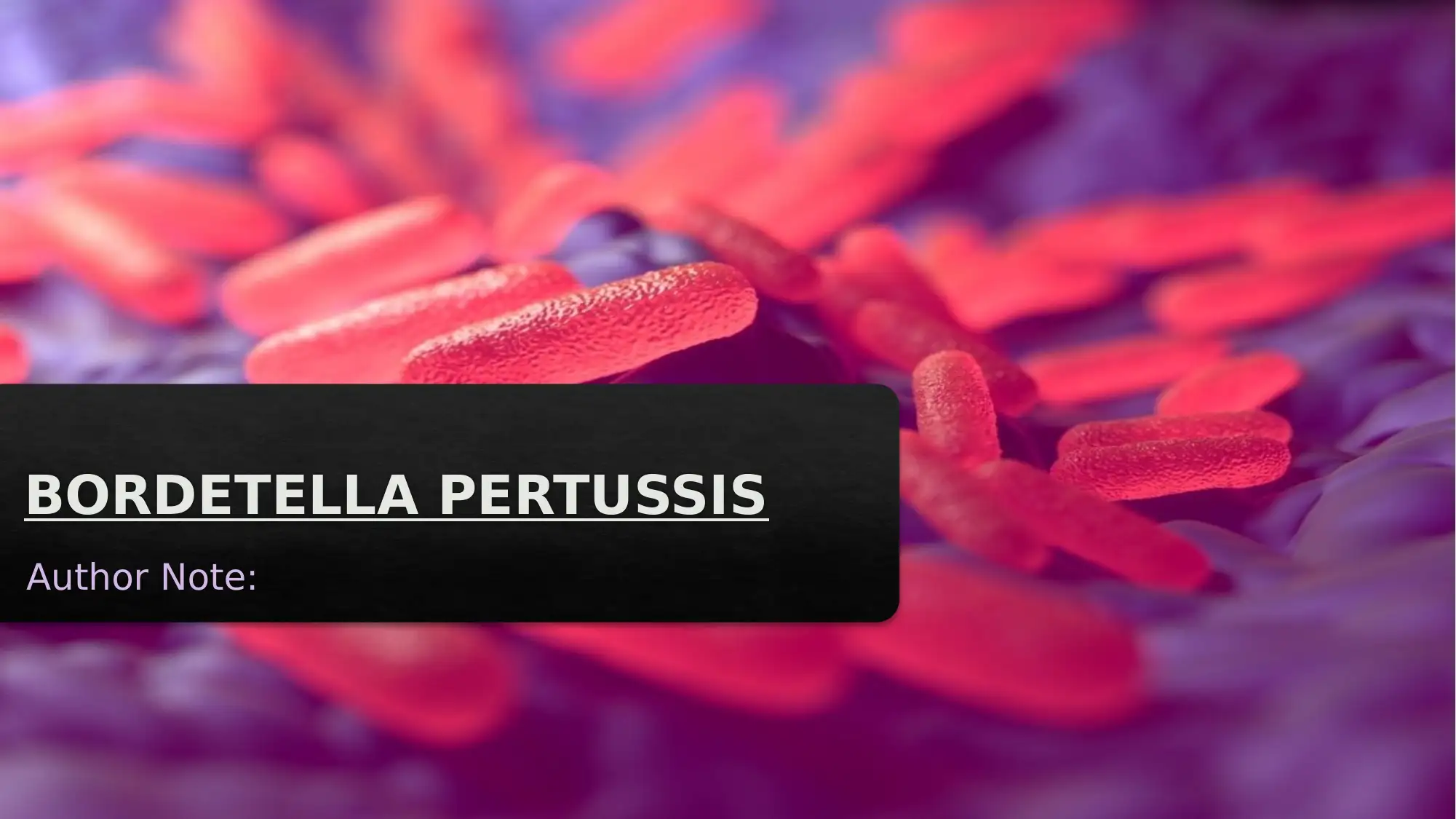
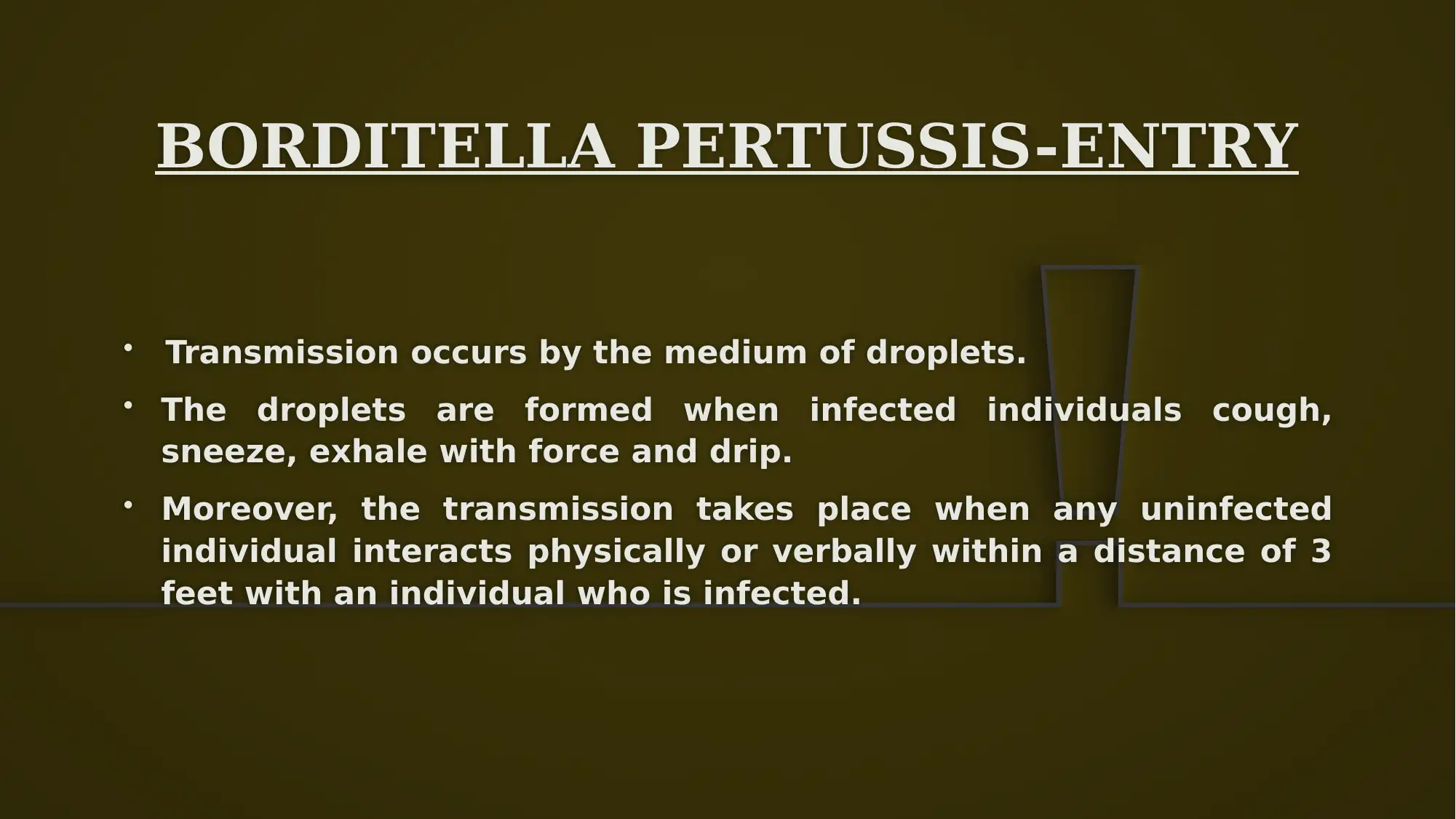
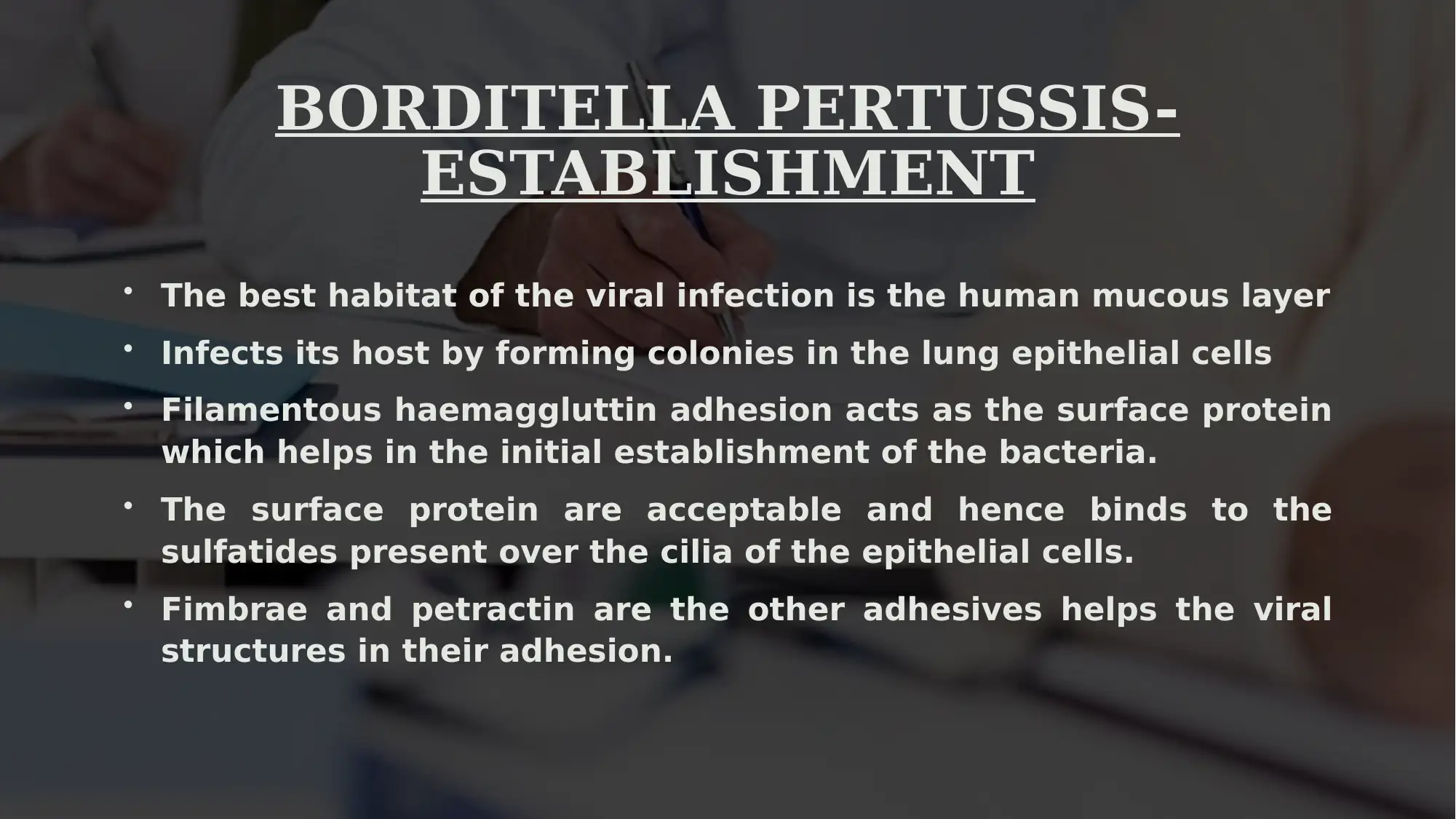

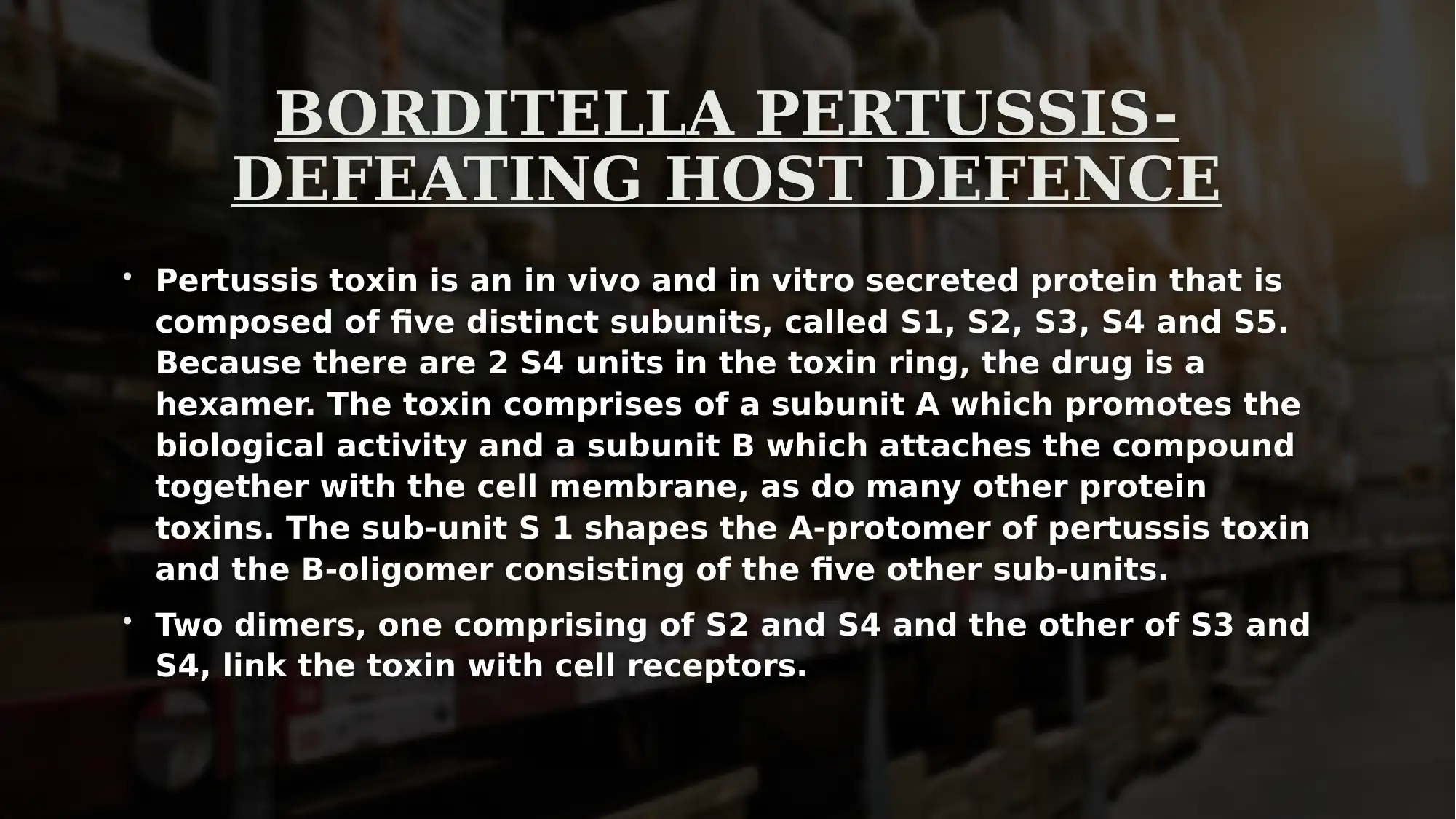
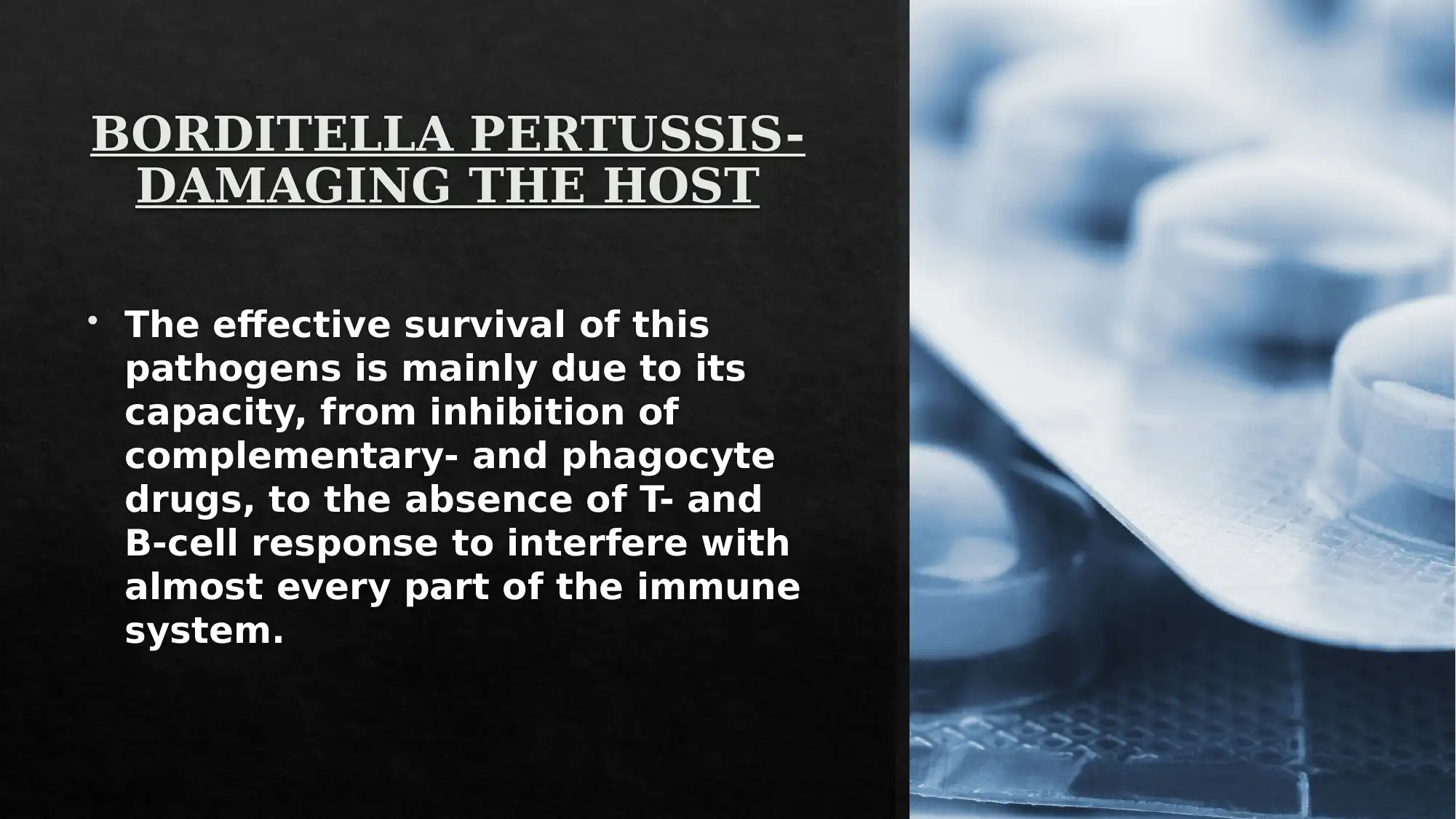
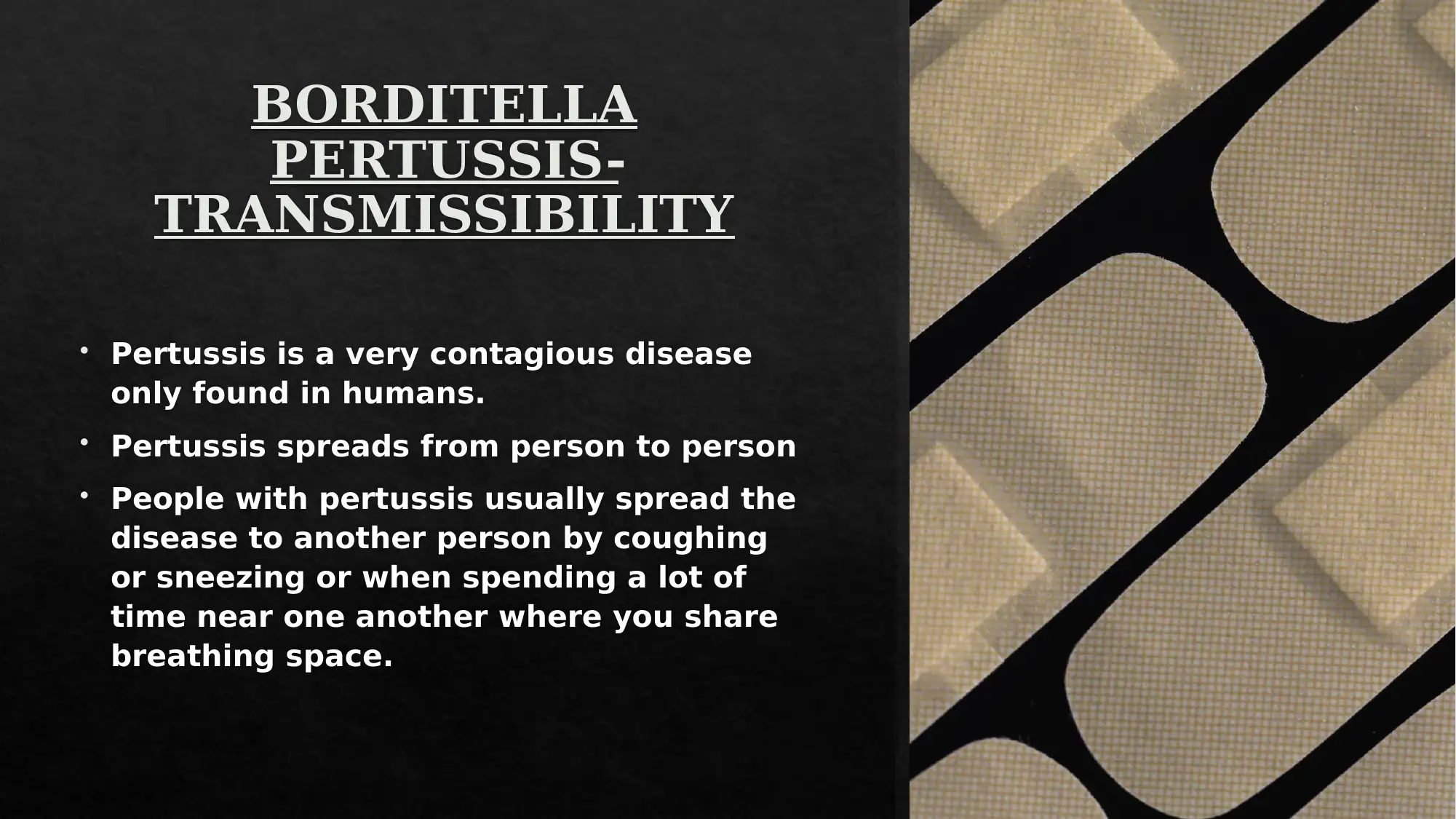
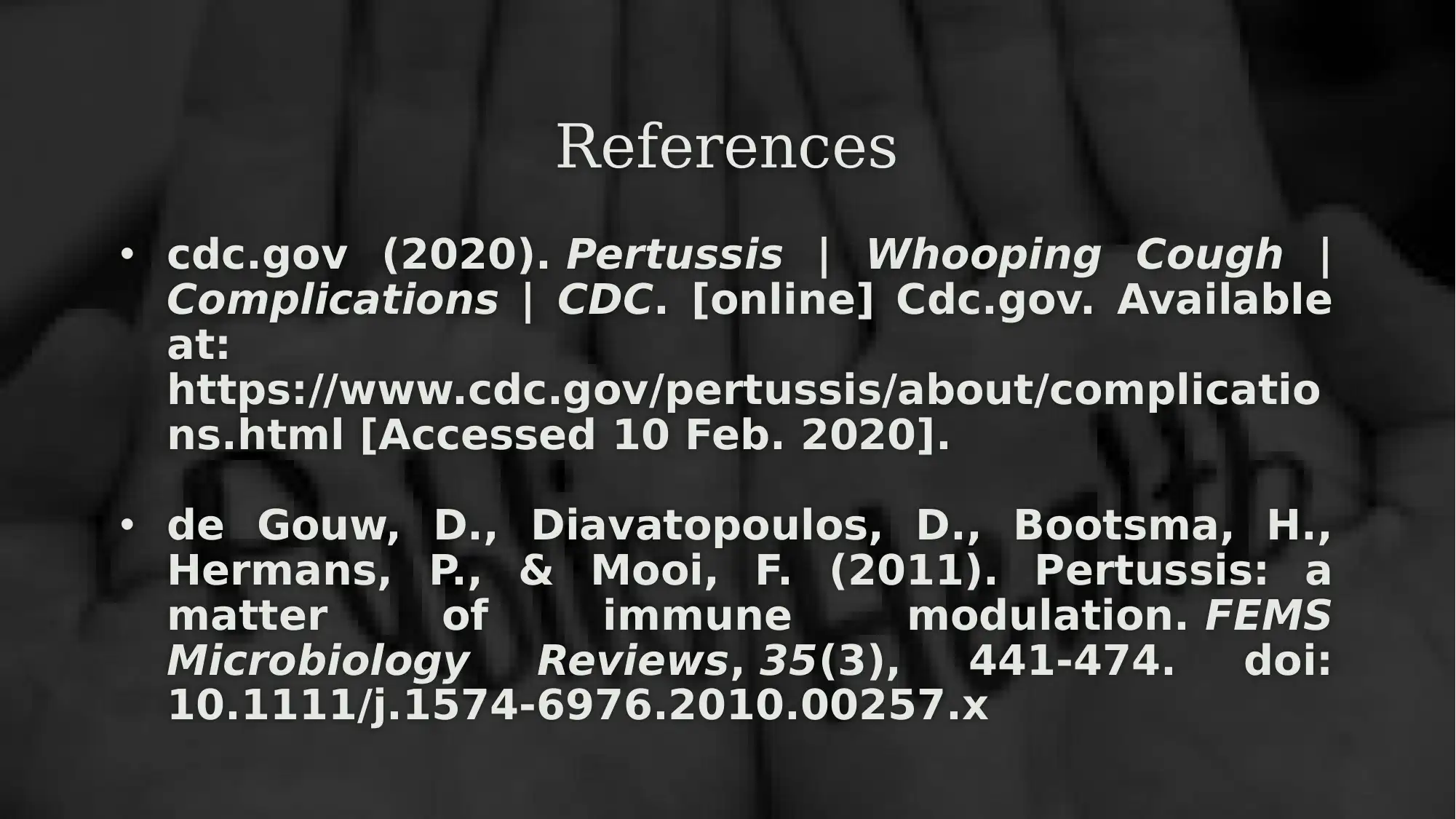




![[object Object]](/_next/static/media/star-bottom.7253800d.svg)